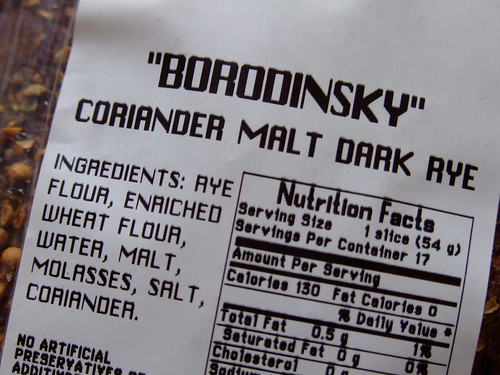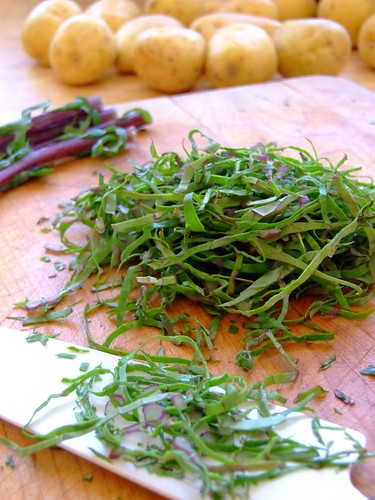Birthday Lemon Curd

L has never liked cakes. He does, however, love lemon curd above almost all other desserts. So, for his birthday a few weeks ago, in place of a birthday cake, I made a big bowl of lemon curd with surprisingly juicy lemons and eggs with vibrant yellow yolks from the Farmers' Market at Harvard.
Lemon curd is slow-cooked and eggy, much like a custard, with a bright, tangy citrus bite. Thick and prone to setting, it's perfect as a filling in tarts and cakes; it's easily spread with a knife, too, and is fabulous on scones and toast.
The summer we lived in Egypt (more on that later), I made two lemon curd tarts for L's surprise birthday dinner with friends. The lemon curd itself couldn't be a total surprise, though, because I needed help juicing the 80 or so tiny, dry, green limons (the closest thing to lemons we could find) it took to make two full batches.
Making the tart shells was an interesting process, to say the least. To make the pate brisee, I had to cut huge blocks of butter into what I hoped were American- sized sticks. I didn't have a rolling pin, so I used a Fayrouz malt soda can to roll out the dough. I realize now that I should have used a press-into-pan dough recipe! Blind baking the tart shells was trickier, as our small oven had a solid metal door and three heat settings: low flame, medium flame, and high flame. I decided to use the medium flame setting, and I was so nervous about the whole operation that I opened the oven every few minutes to make sure the shells weren't about to burn. For reasons entirely unrelated to skill, the tart shells came out beautifully flaky and tender.
Unfortunately, I didn't have the same beginner's luck with the lemon curd. Everything seemed fine at first, but after I'd poured it into the cooled shells and left the tarts on the counter to set, the lemon curd separated into a weepy, curdled mess. The culprit? I suspect it was a combination of the 115'F Egyptian summer heat and my fear of putting the loose tarts into the fridge before they'd had time to set. I carefully scooped the lemon curd back into the saucepan, cooked it a bit longer, poured it back into the tart shells, cleaned up the edges as best I could, and put the tarts directly into the fridge. Thankfully, they set beautifully the second time.
This recipe comes directly from L's mom, who makes gorgeous, highly-addictive lemon curd tarts. She has infinite patience and great skill when it comes to baking, and she loves making tiny desserts, so she often makes hundreds of bite-sized, delicate tartlets. In order to make this batch of lemon curd last a bit longer, and to preserve my sanity, I poured the lemon curd into a bowl and we ate it, spread thick, on crusty baguettes and sweet, eggy challah. We didn't miss the birthday cake at all.
Lemon Curd
Enough for one medium-sized tart
5 large egg yolks, beaten
1 cup granulated sugar
1/2 cup lemon juice, squeezed from room temperature lemons
1/2 cup (1 stick) unsalted butter, cut into small pieces
2 tablespoons grated lemon rind
Strain the beaten egg yolks through a sieve into a small (1-2 quarts) heavy saucepan. Add the sugar and lemon juice, stir to combine, and cook over low heat, stirring constantly, for about 10-12 minutes. The mixture will start to thicken a bit after about 8 minutes.
Stir in the butter, a piece at a time (let each piece melt before you add the next), until fully incorporated. Stir in the rind. Let cool completely. Pour into a baked tart shell, or cover the surface with plastic wrap, store in the fridge, and use as a spread for toast.
Note: If your eggs tend to scramble, you can make this in a double boiler set over barely simmering water.


























